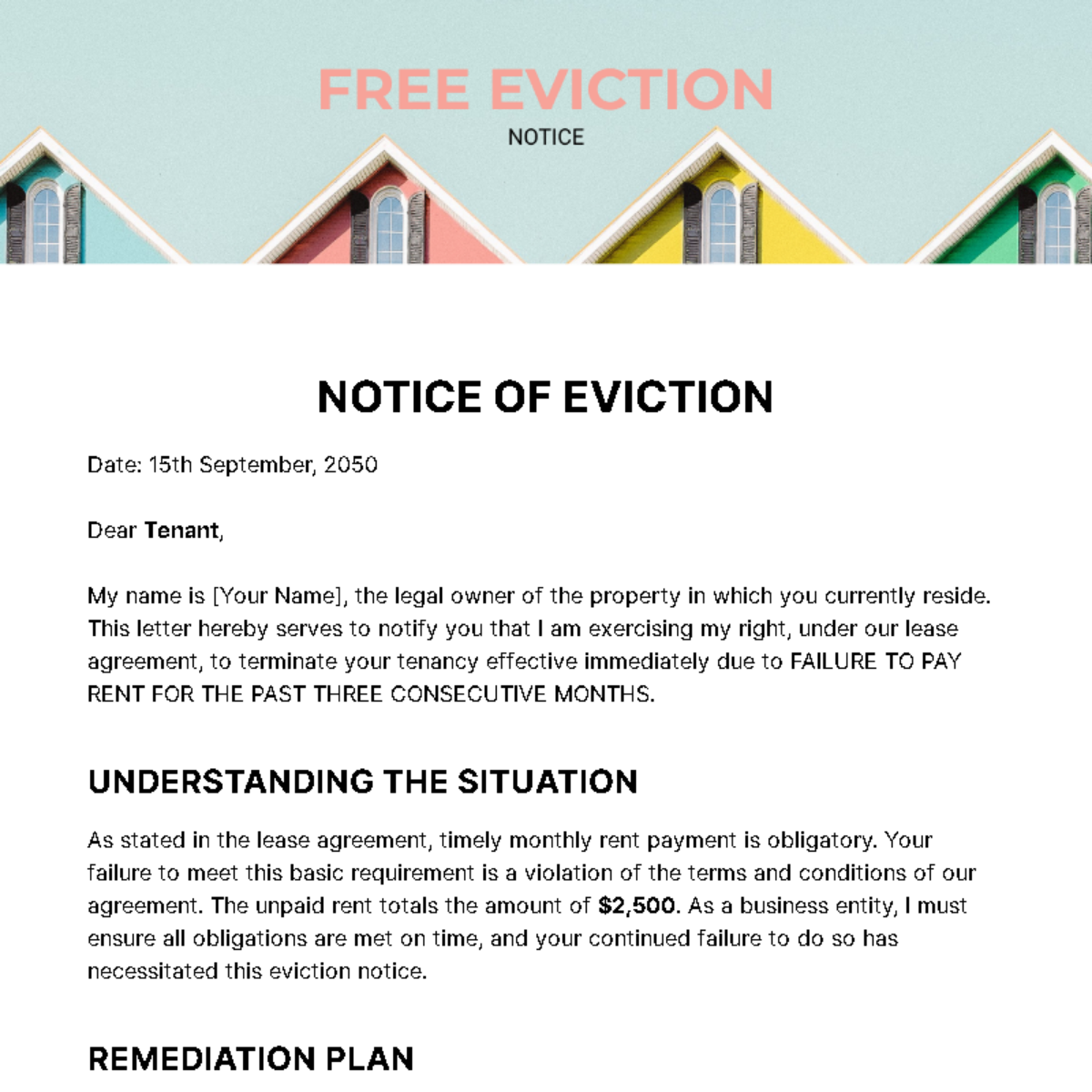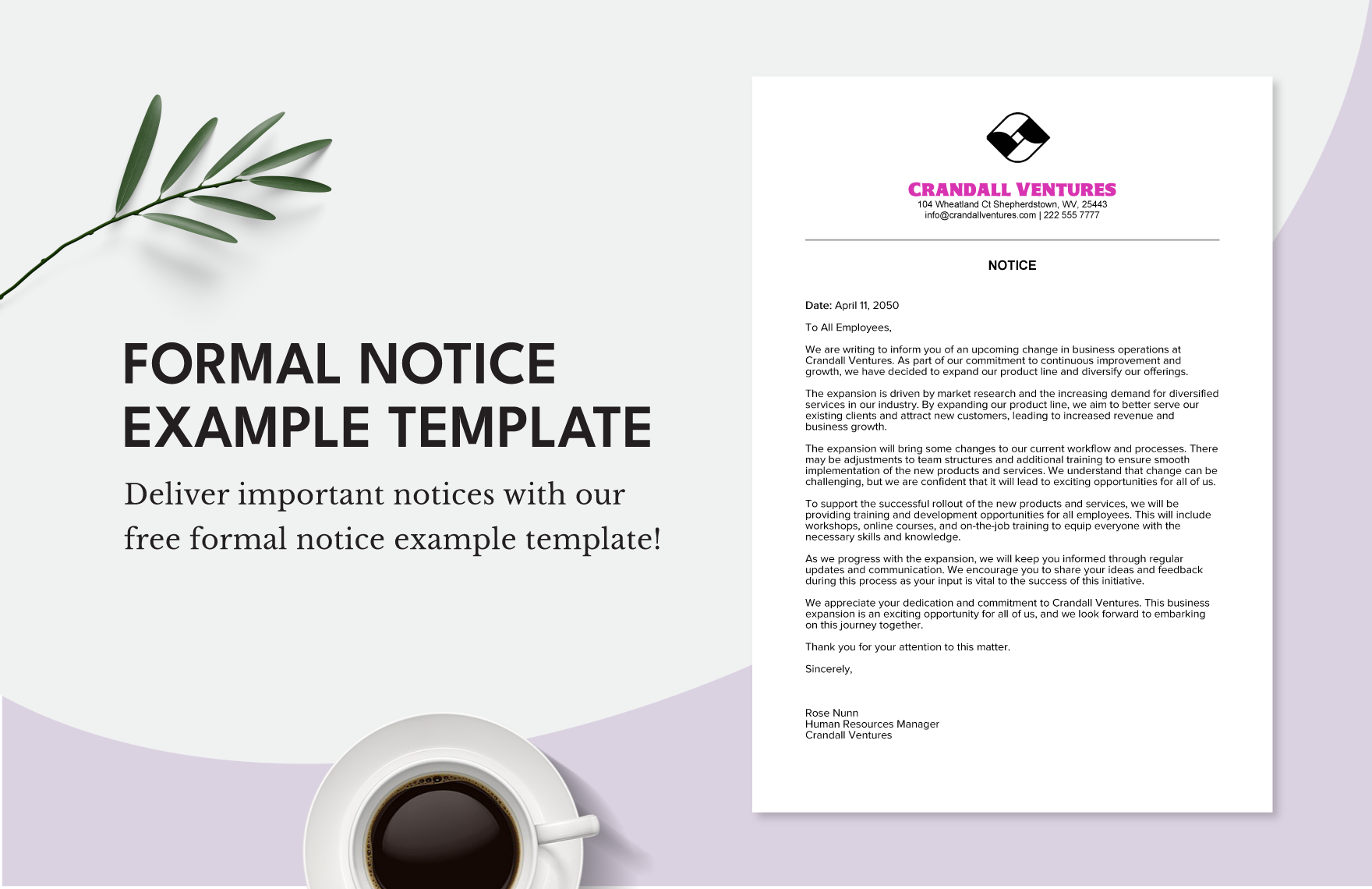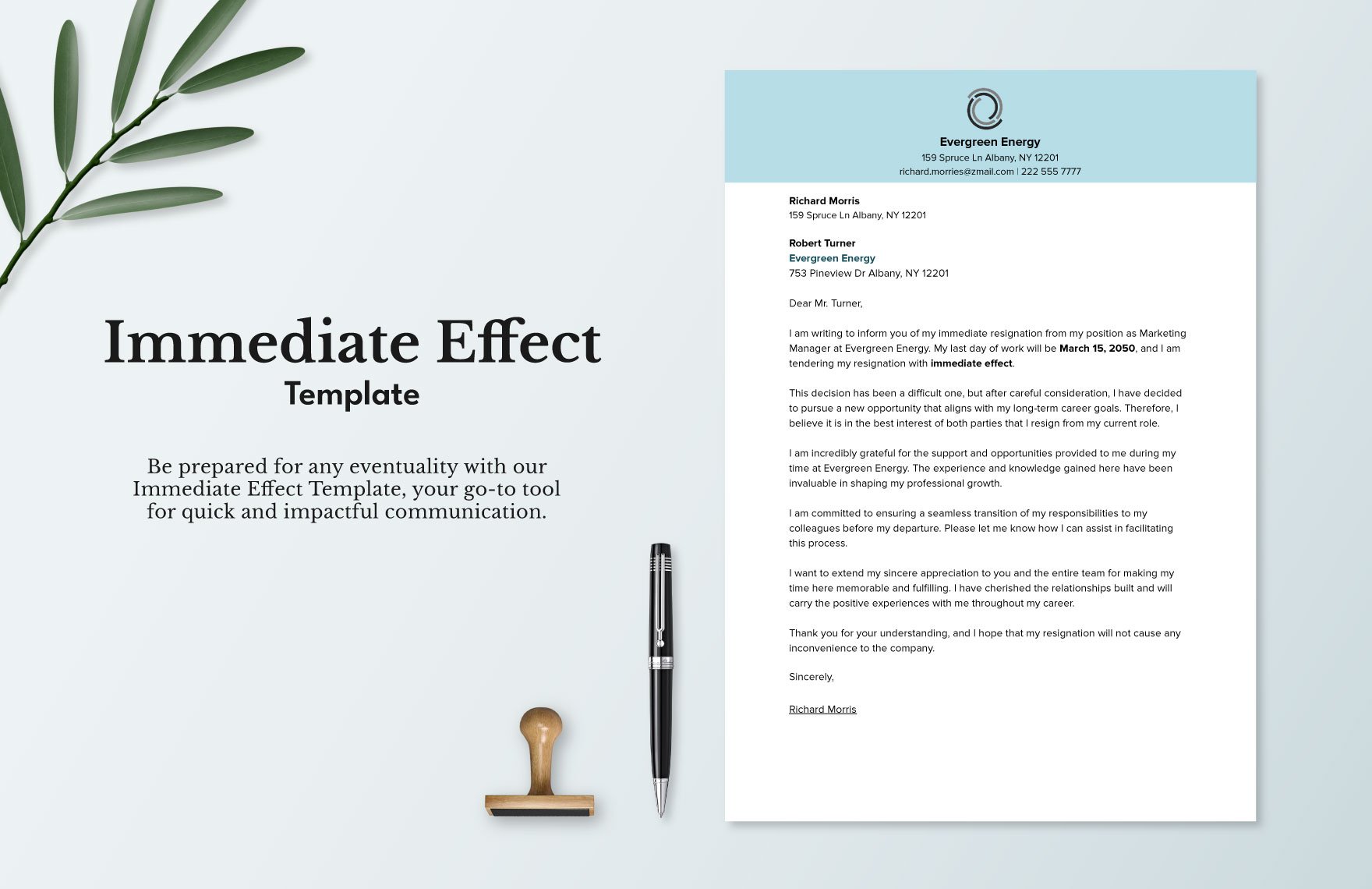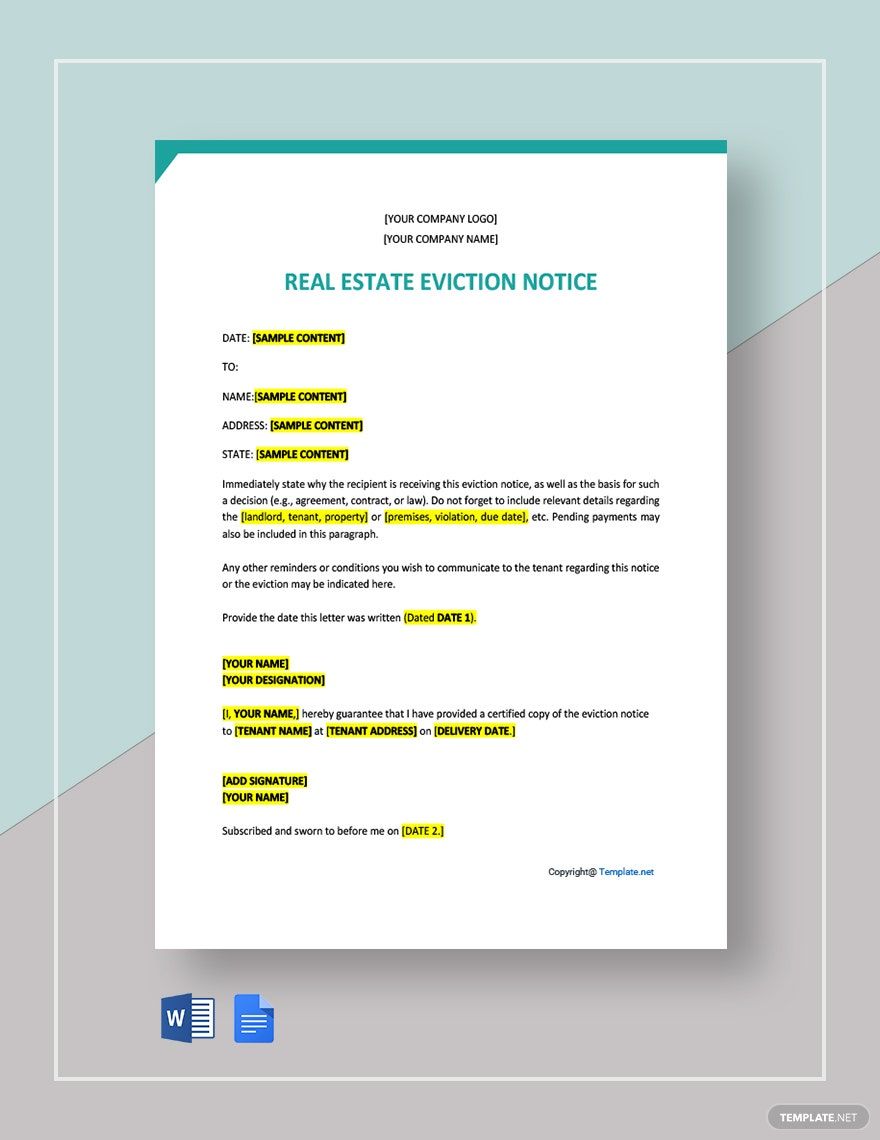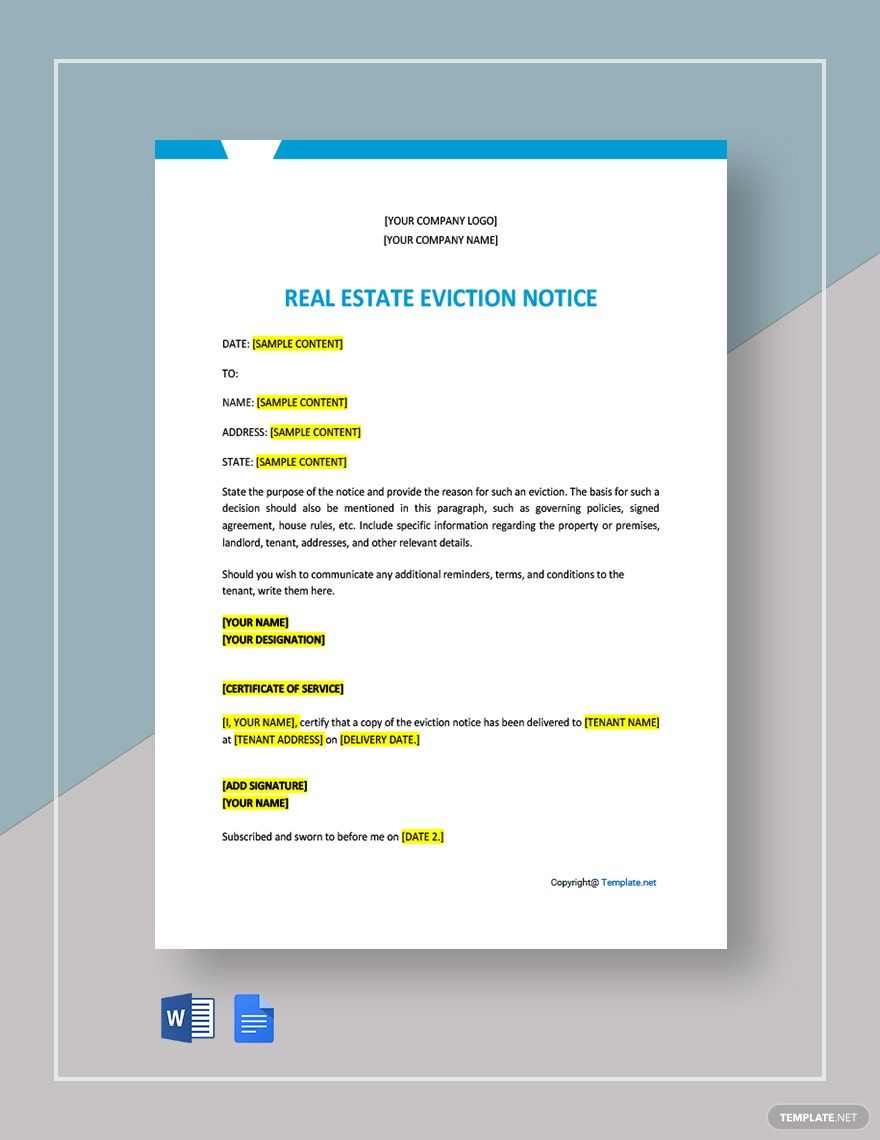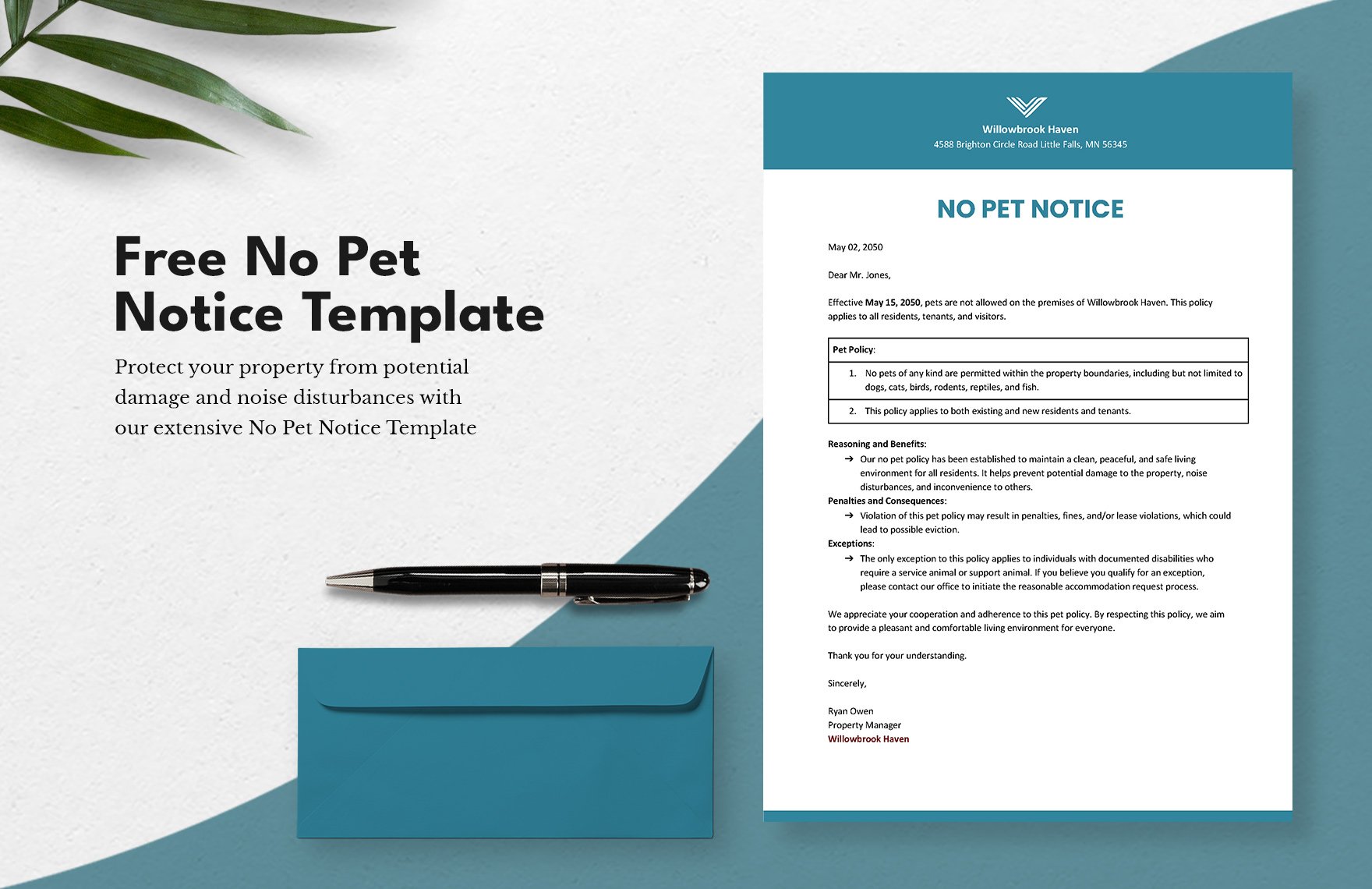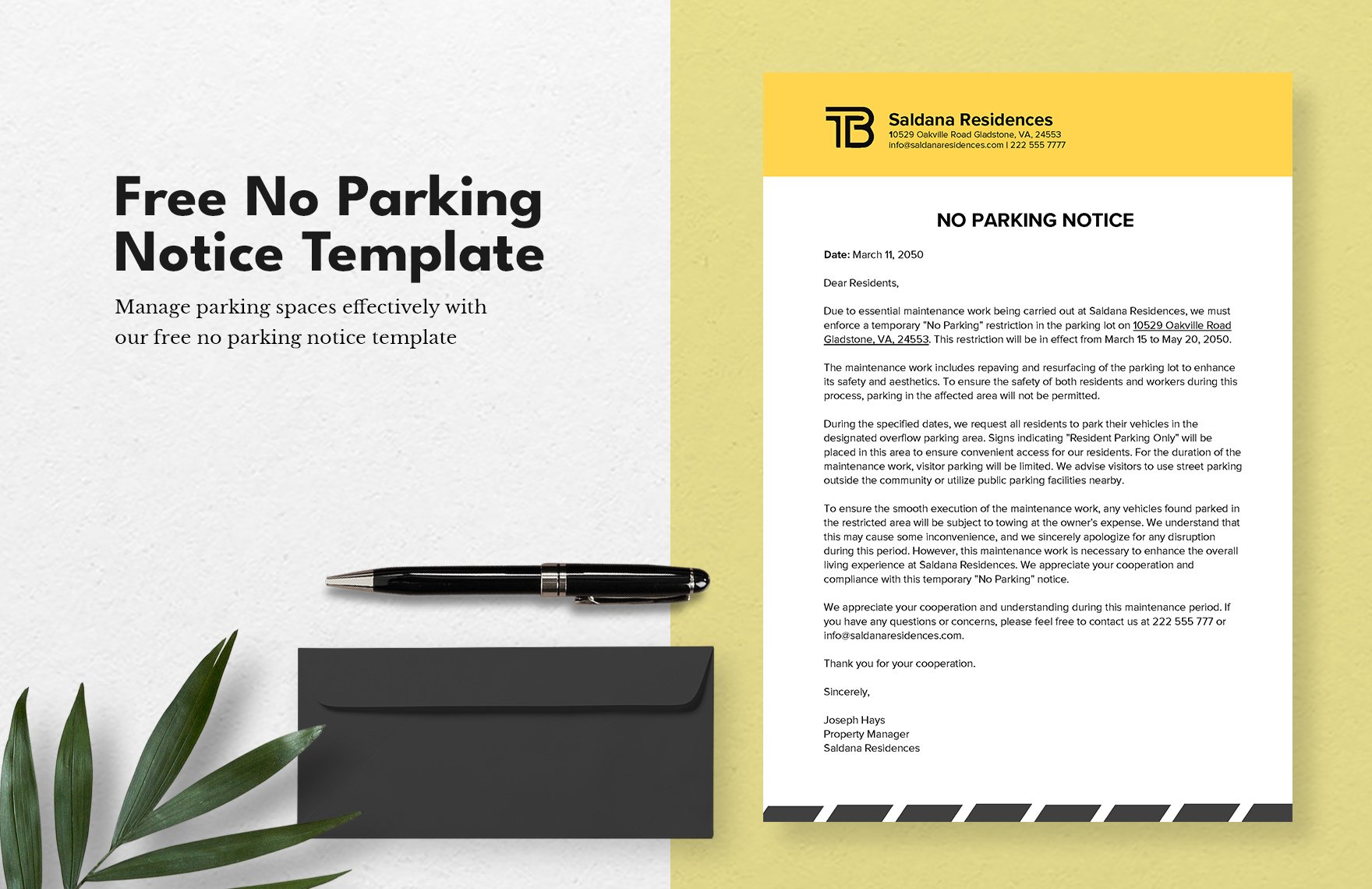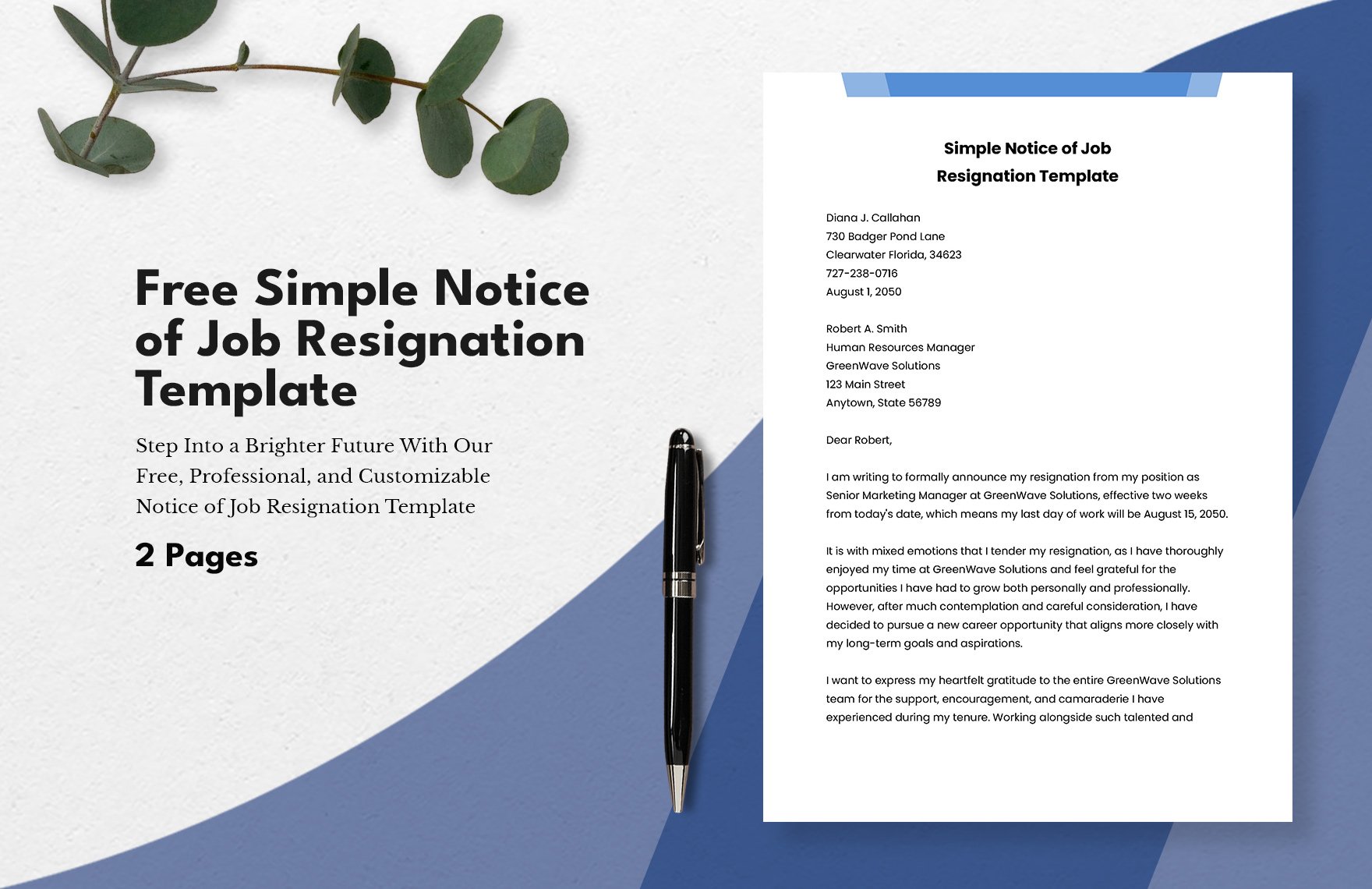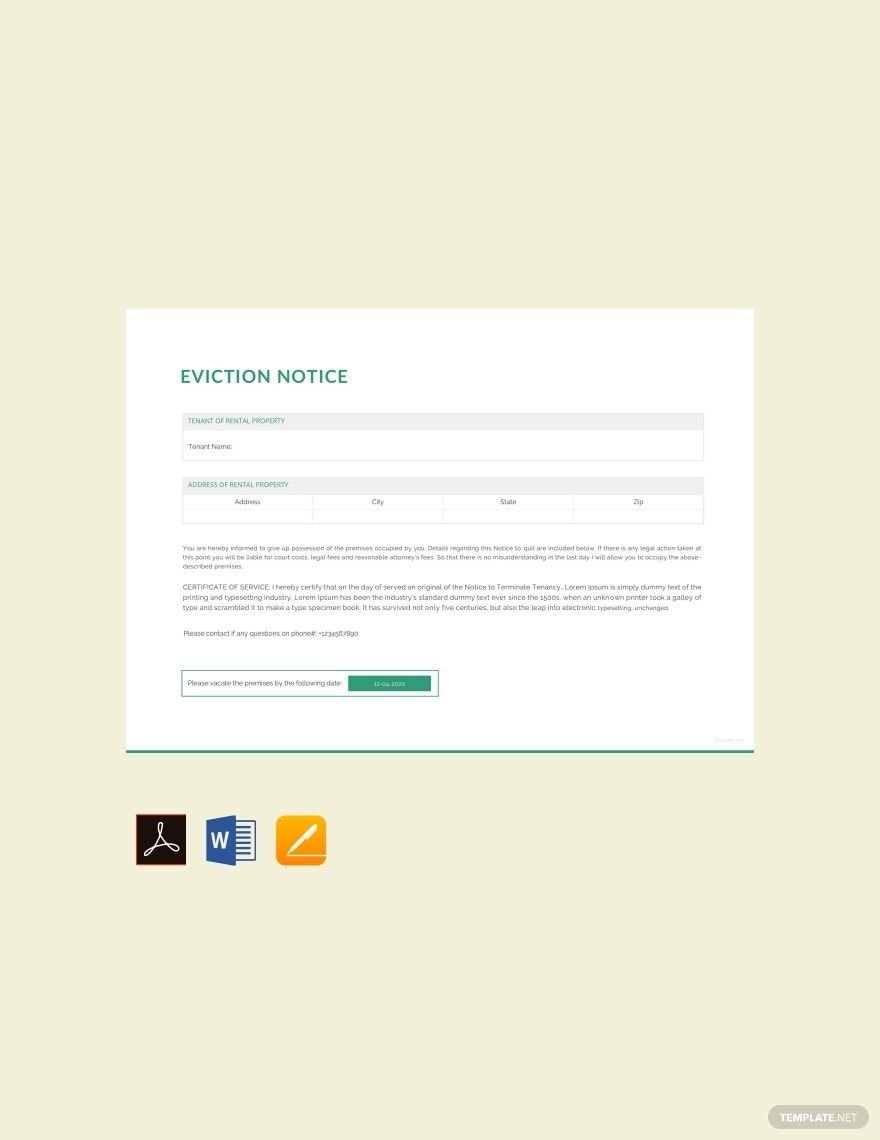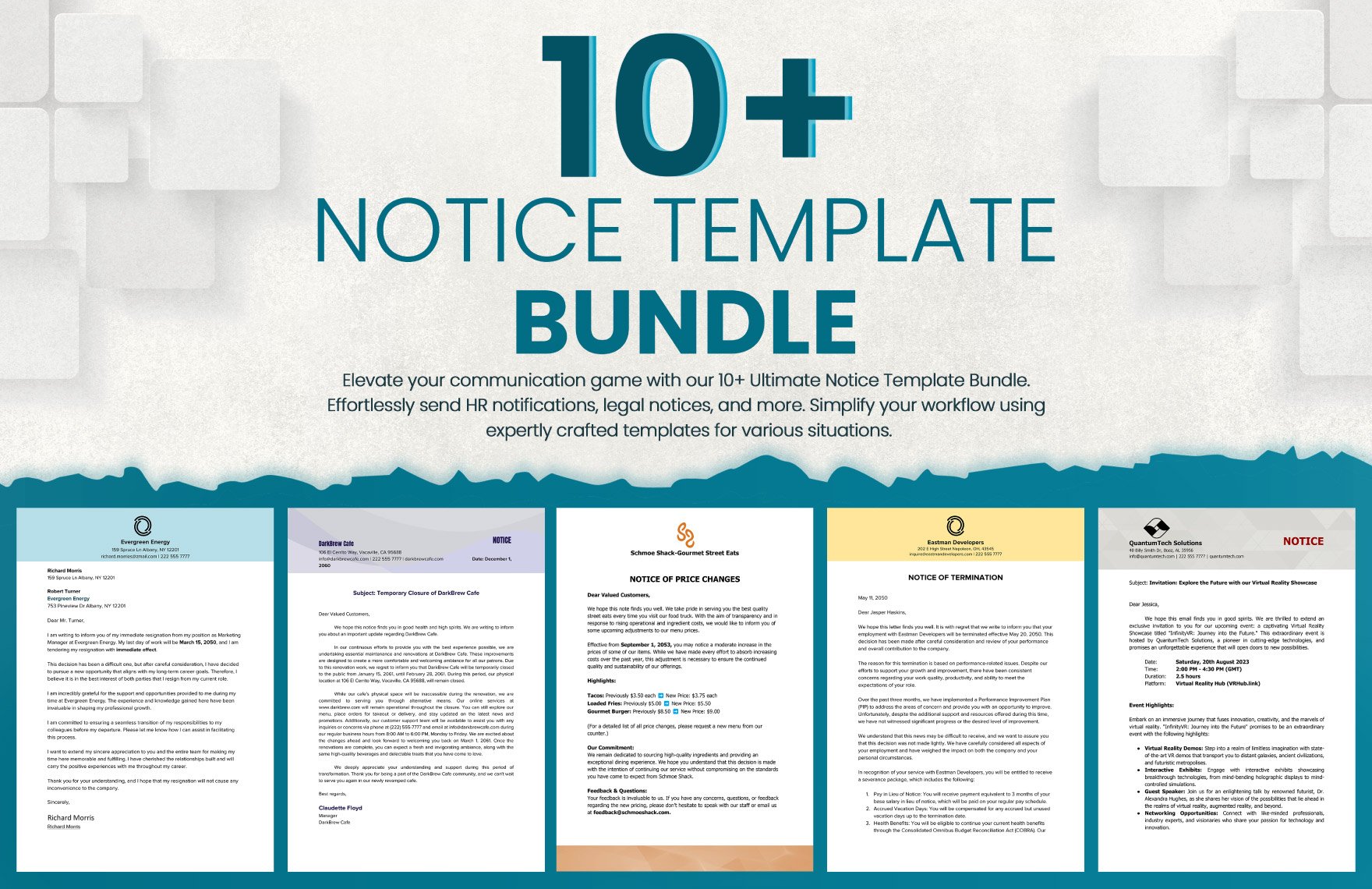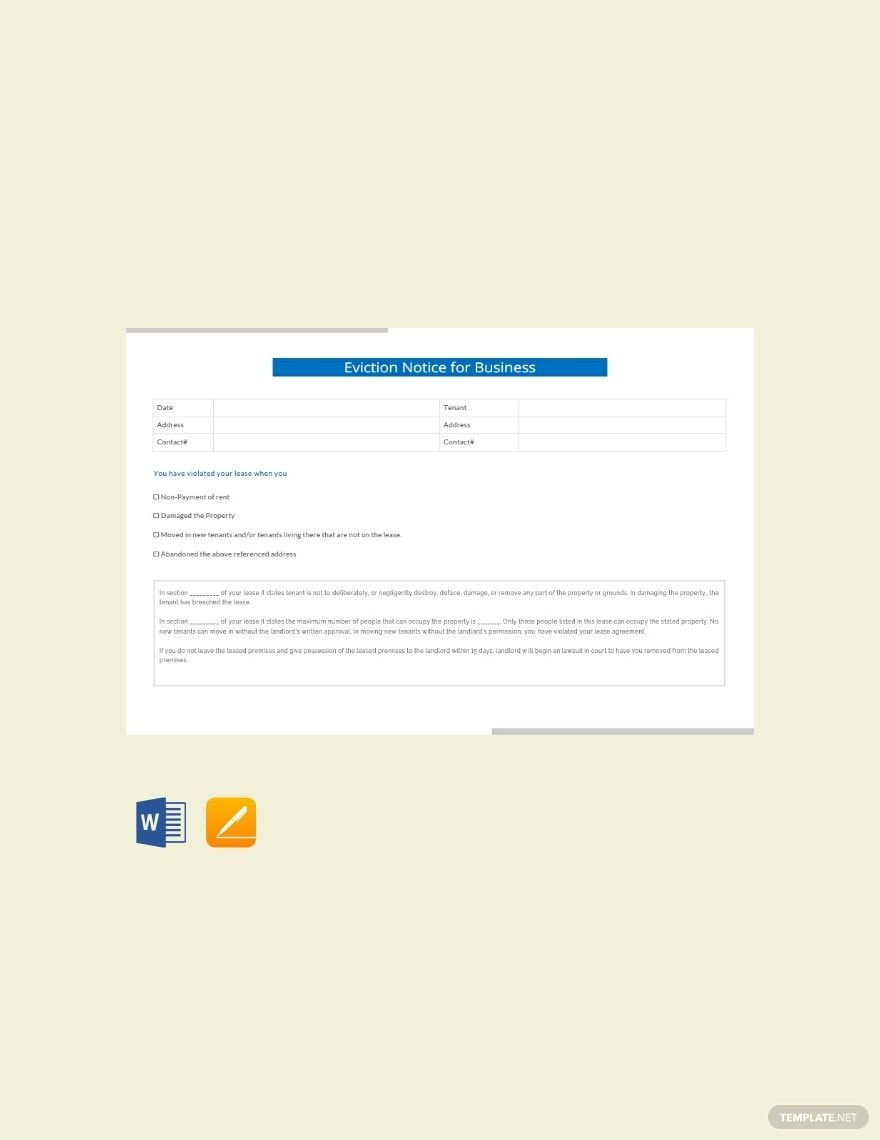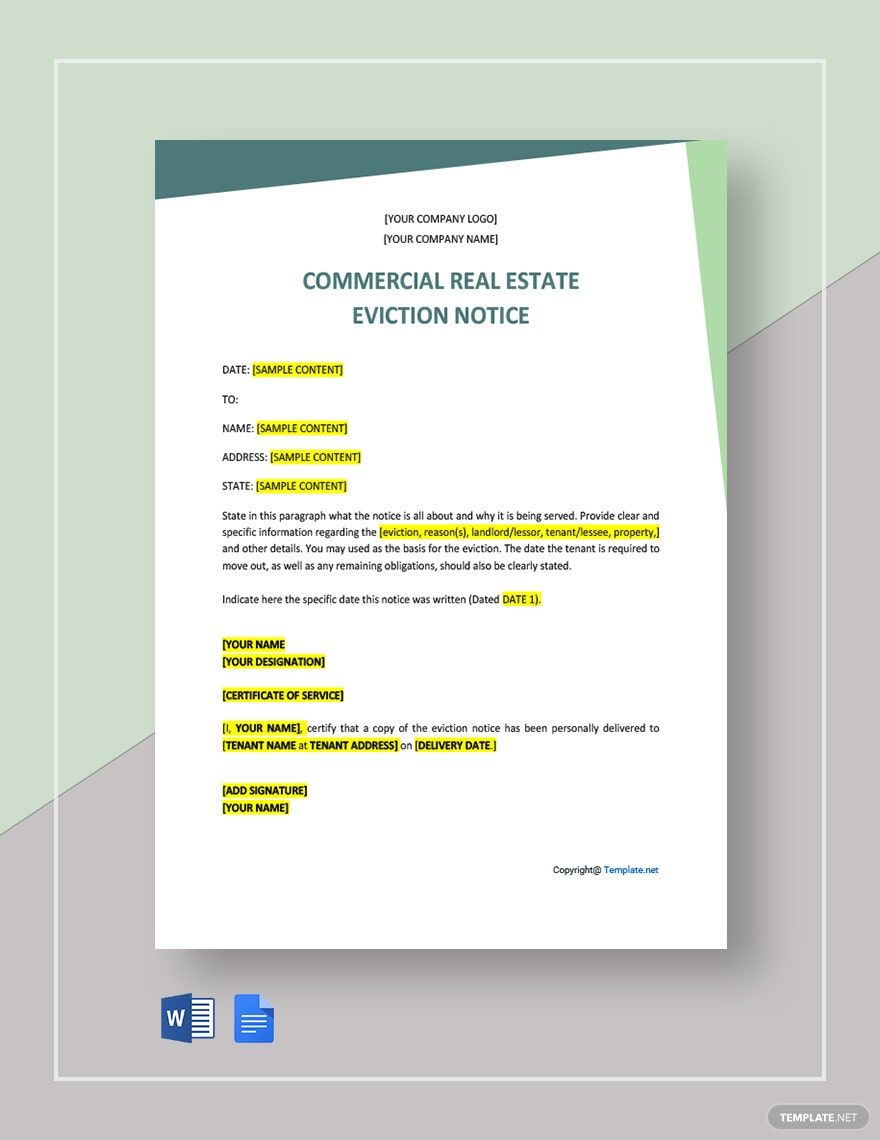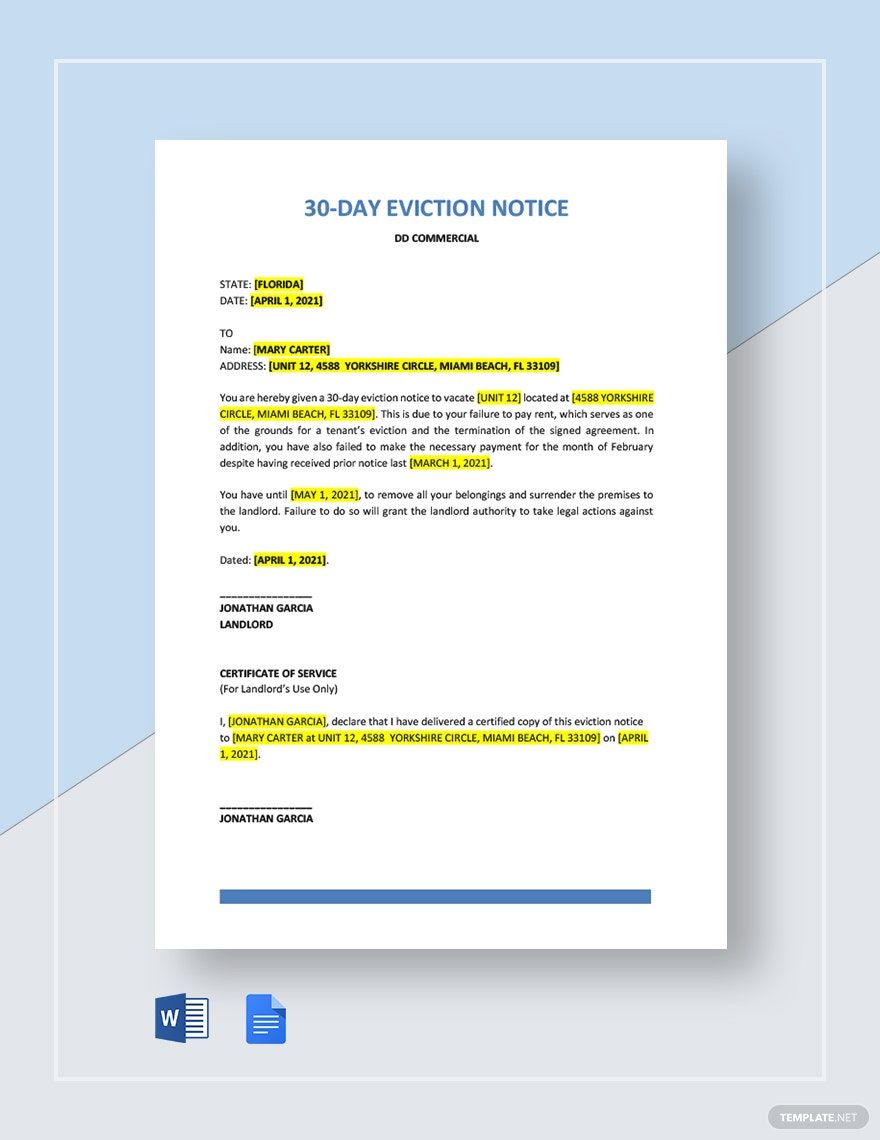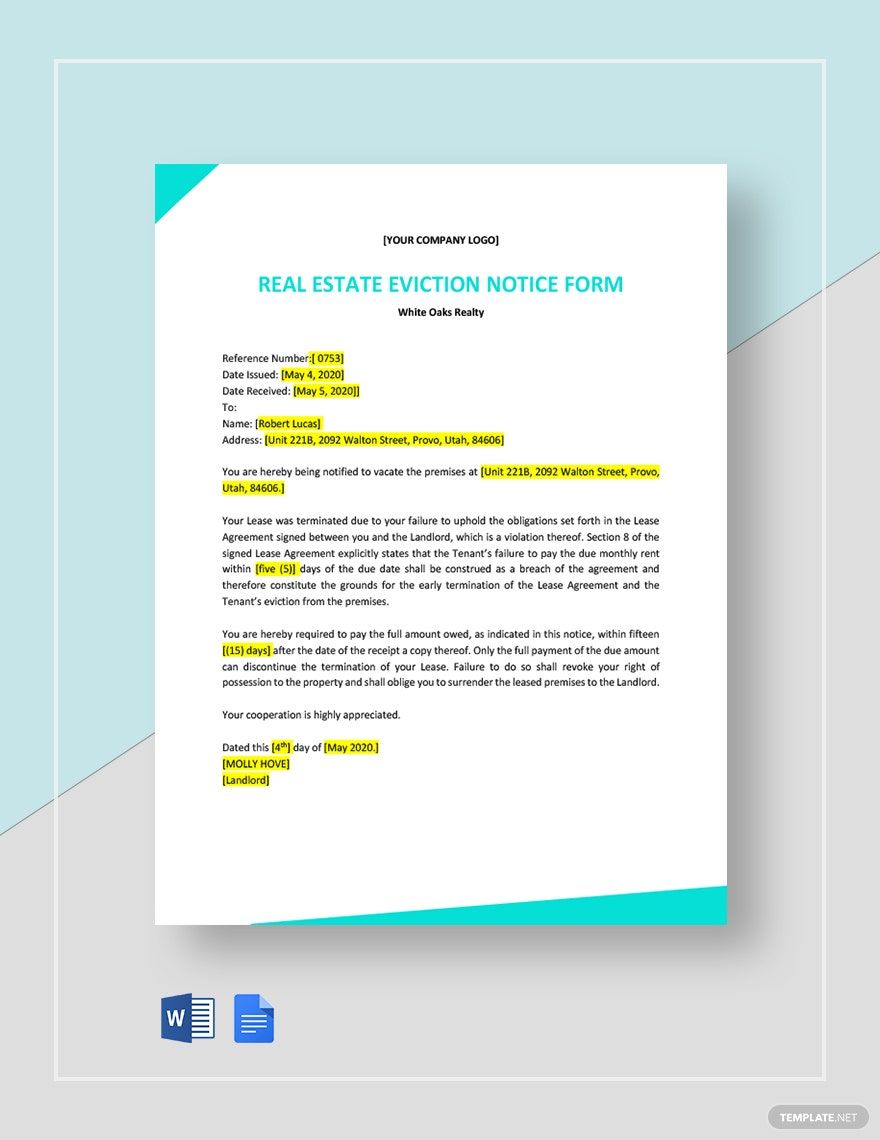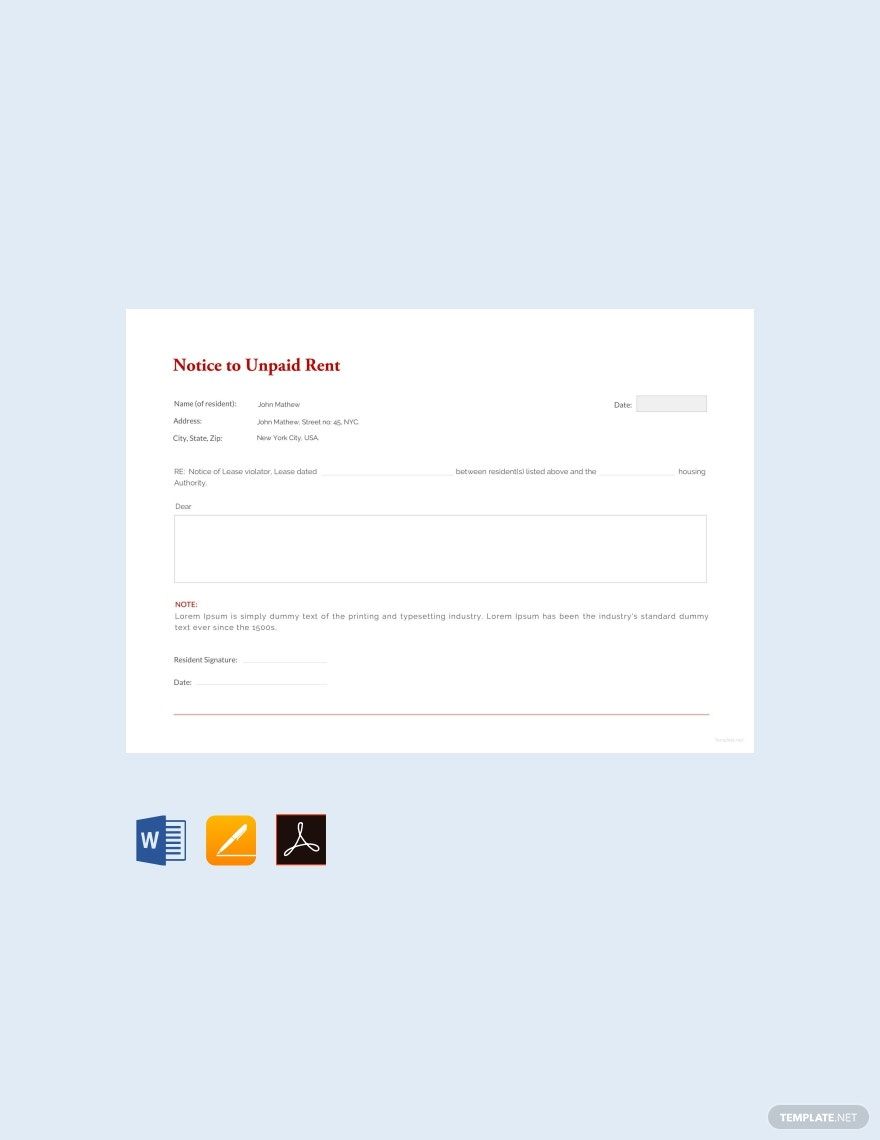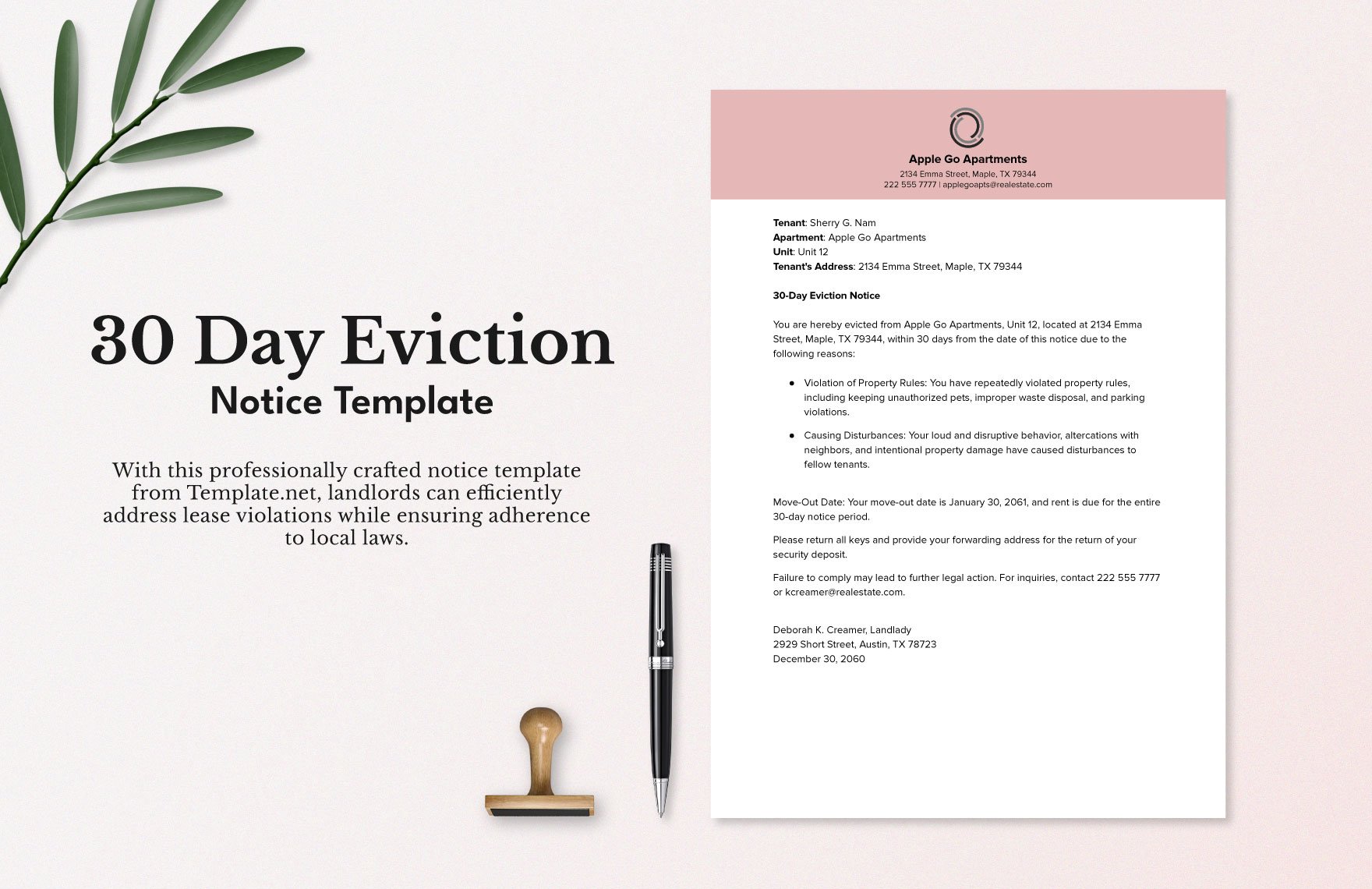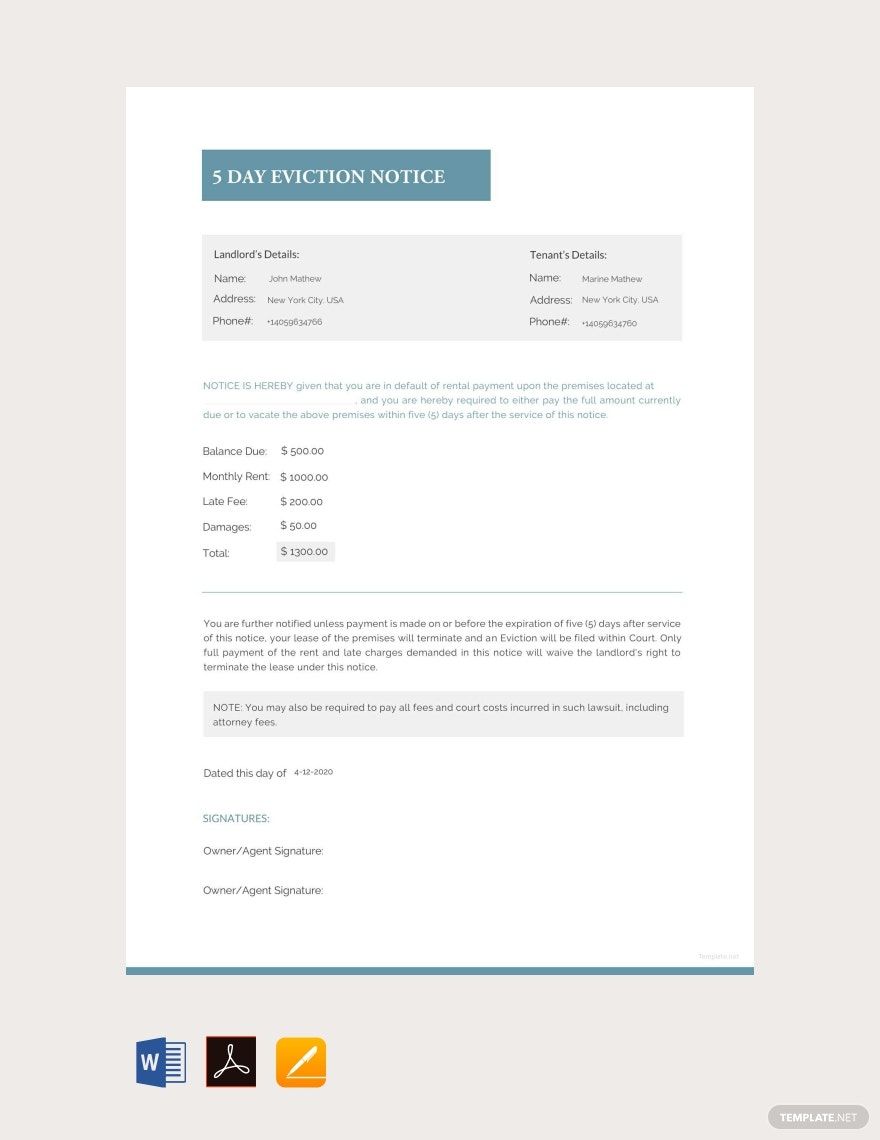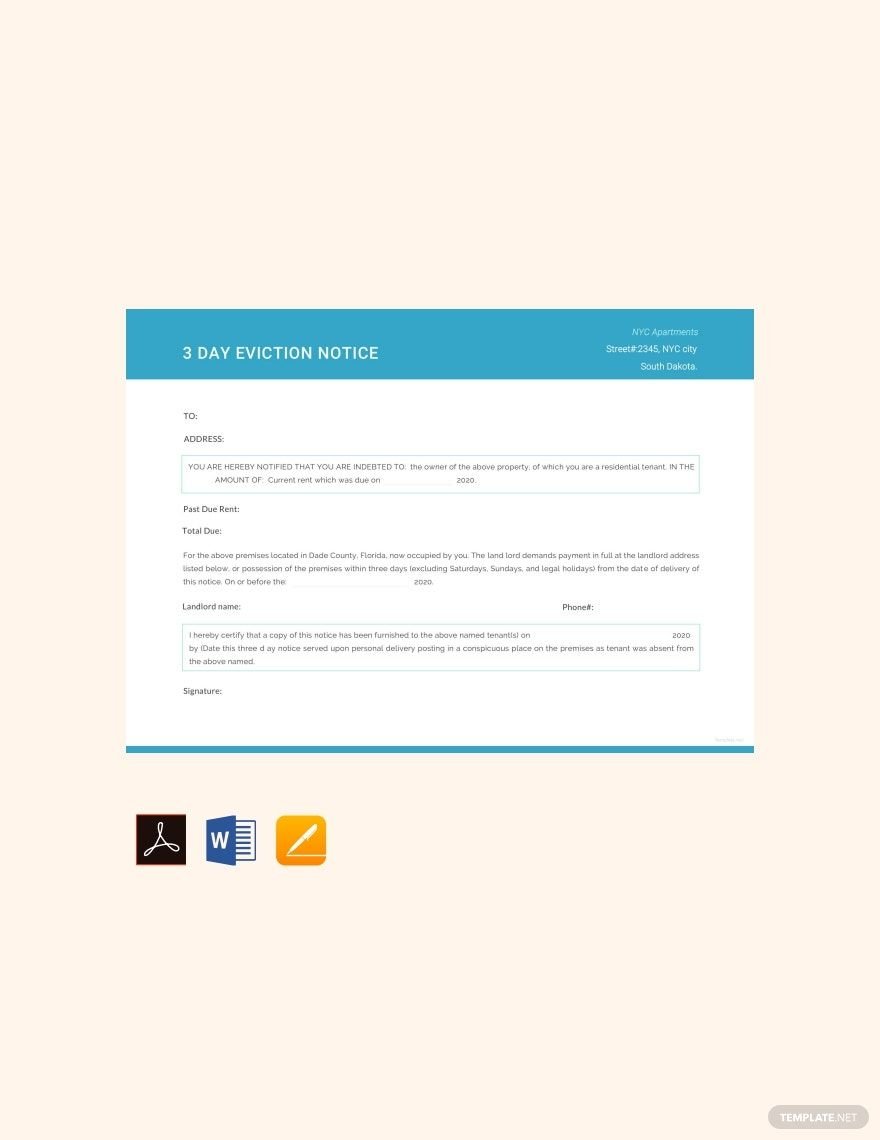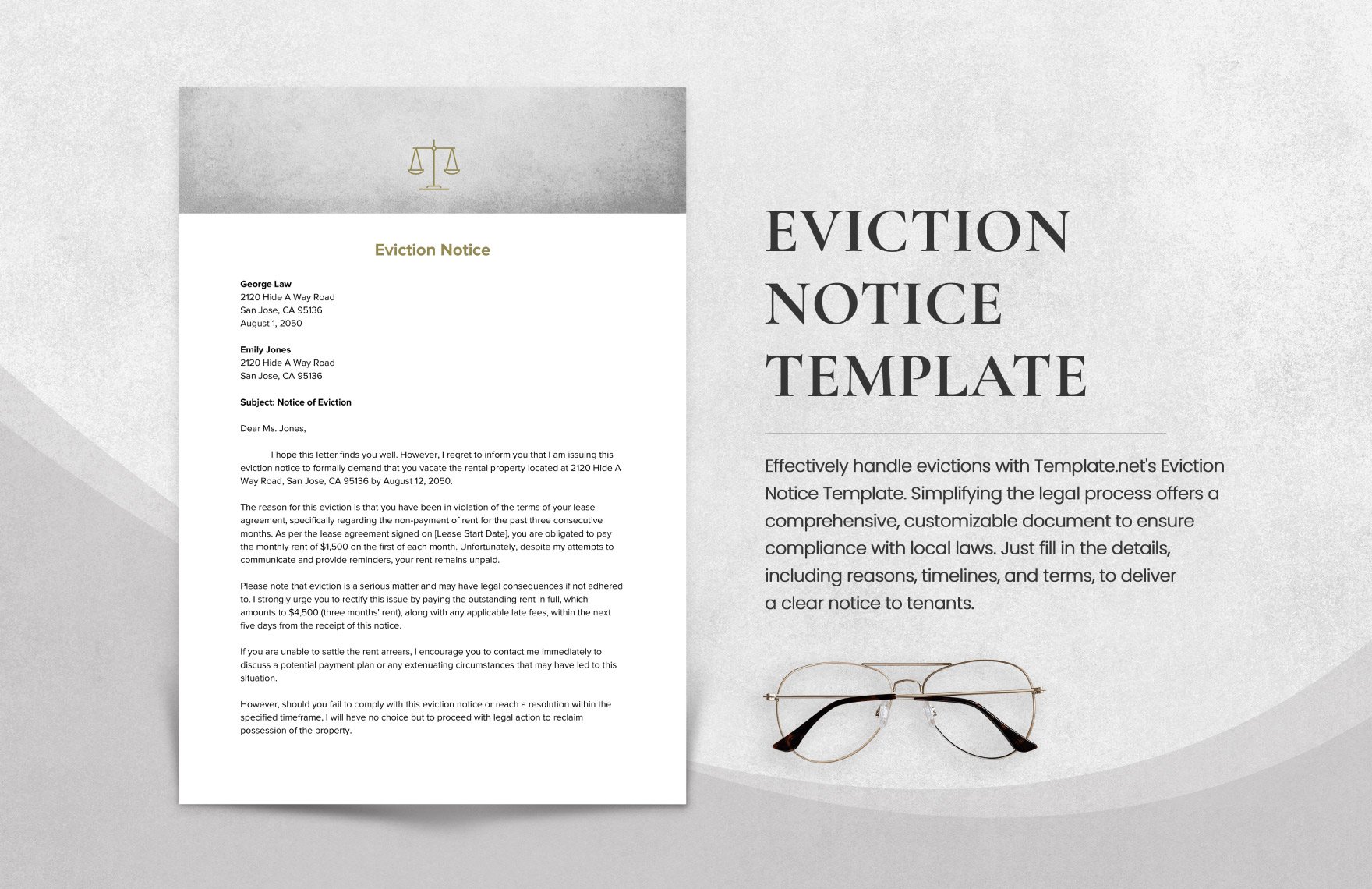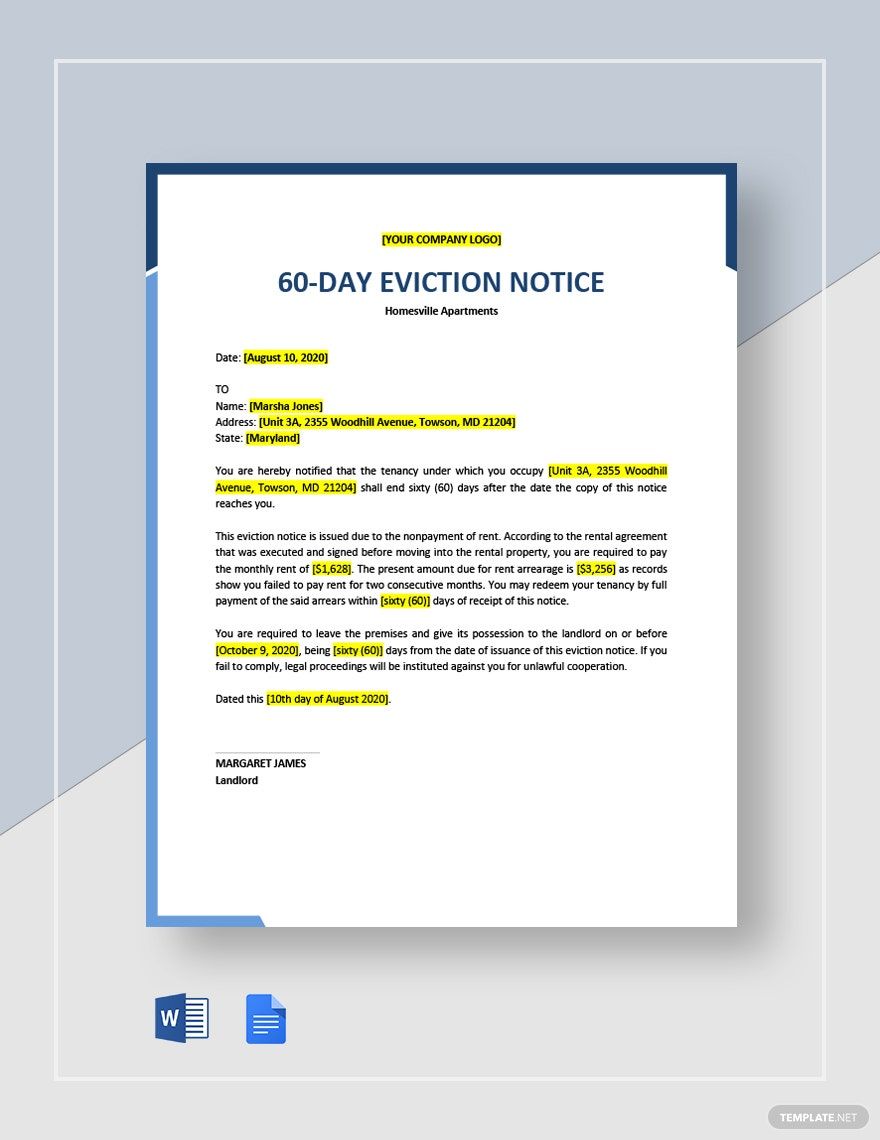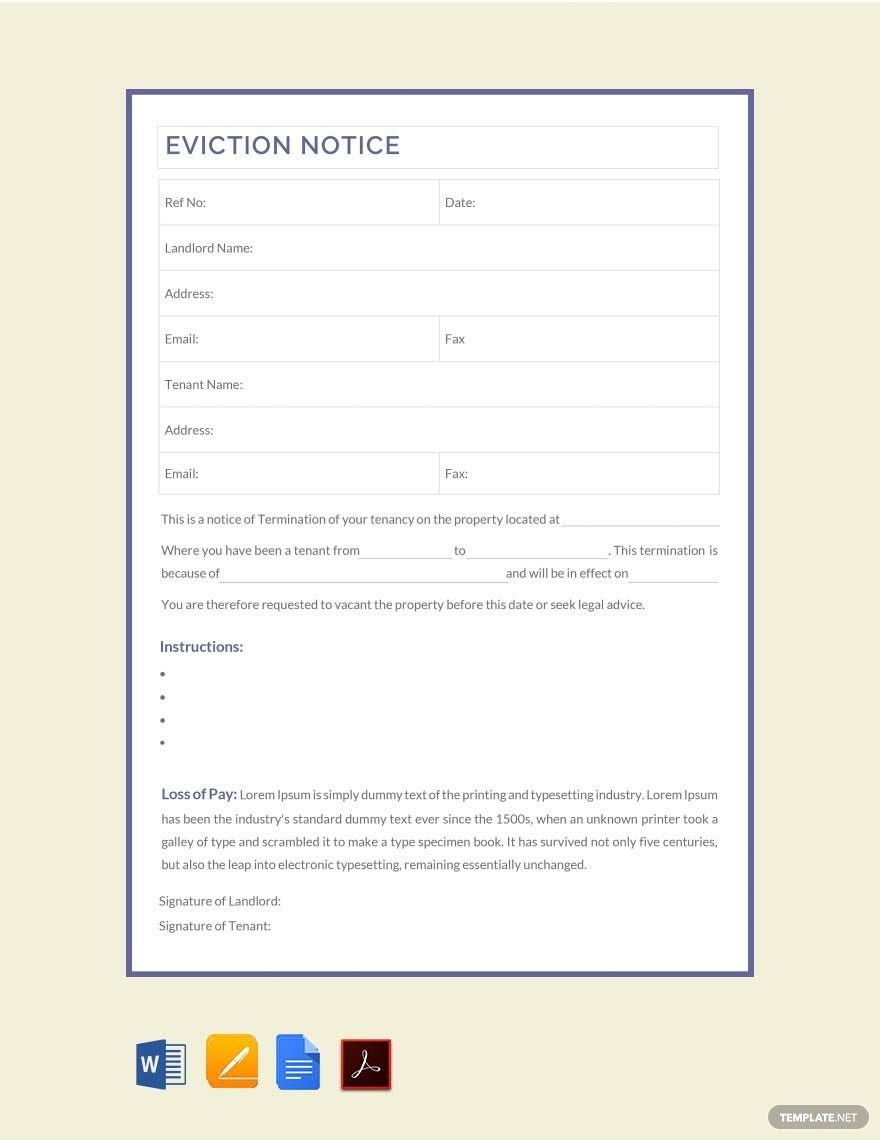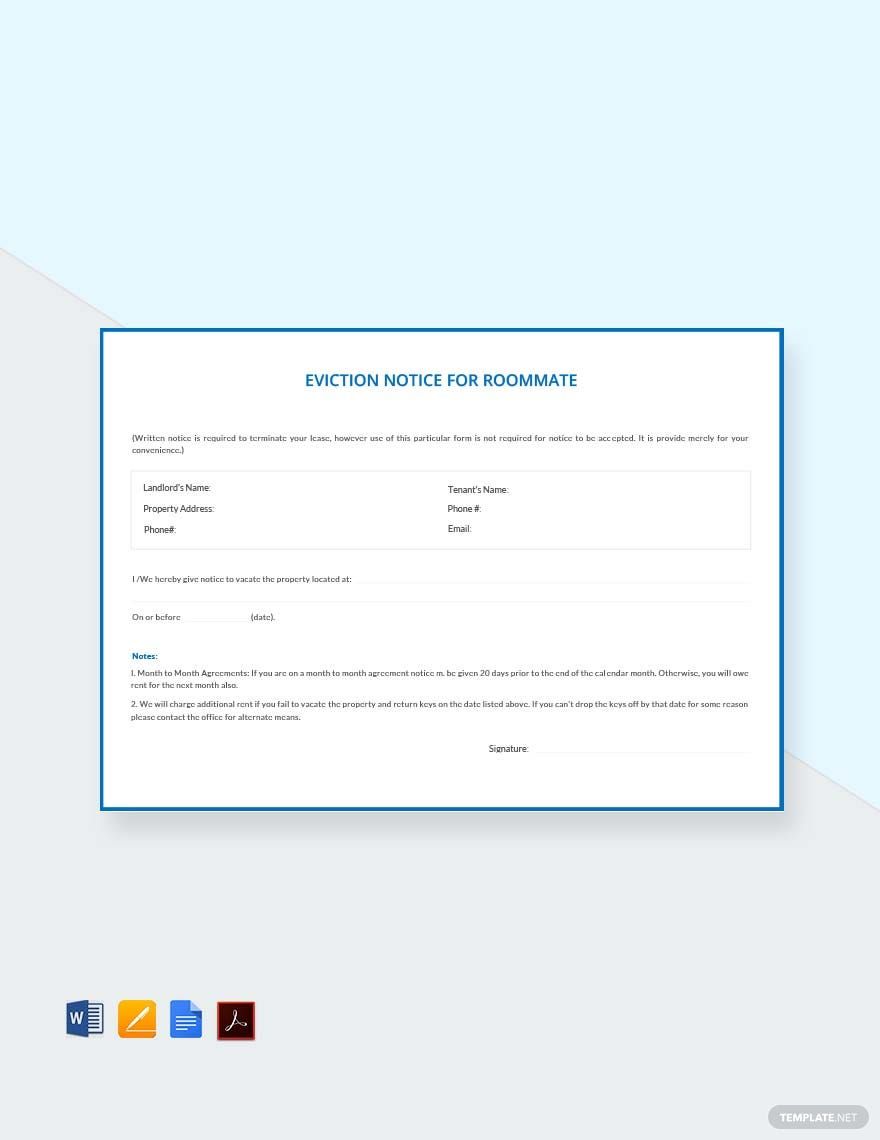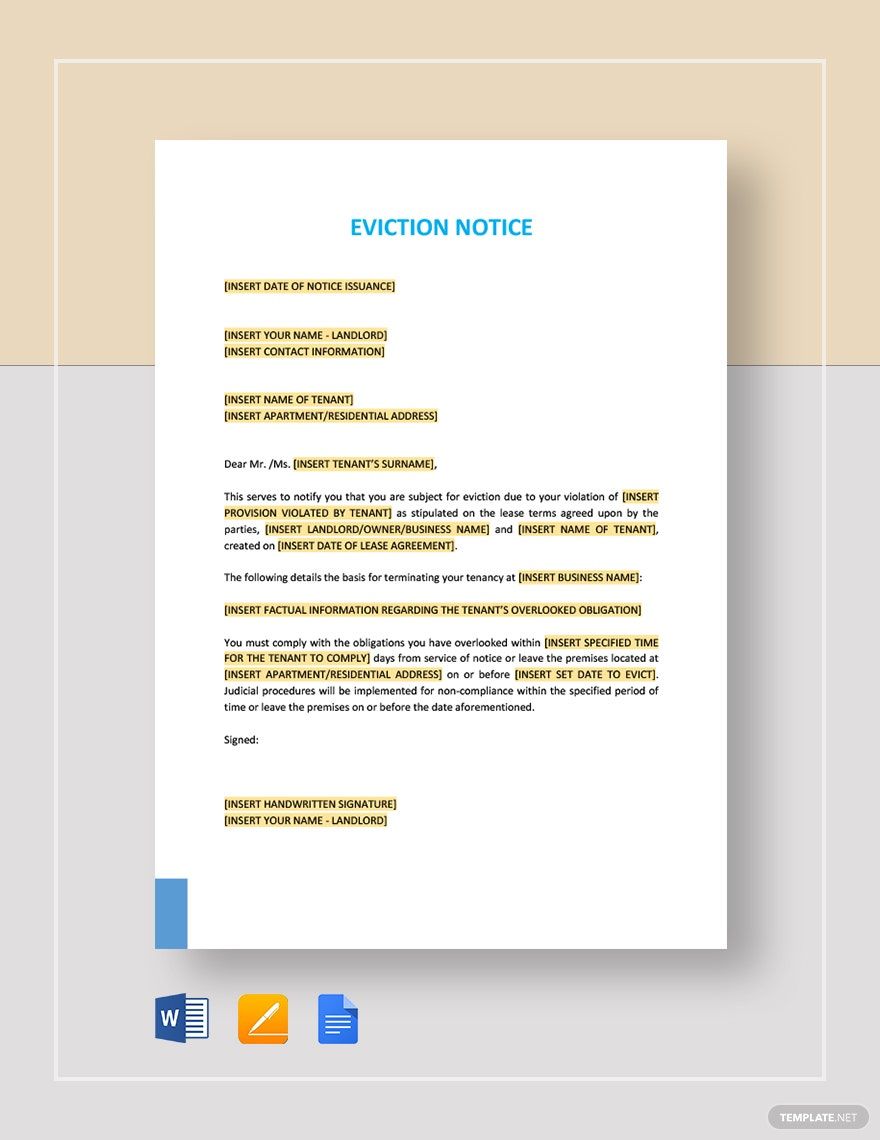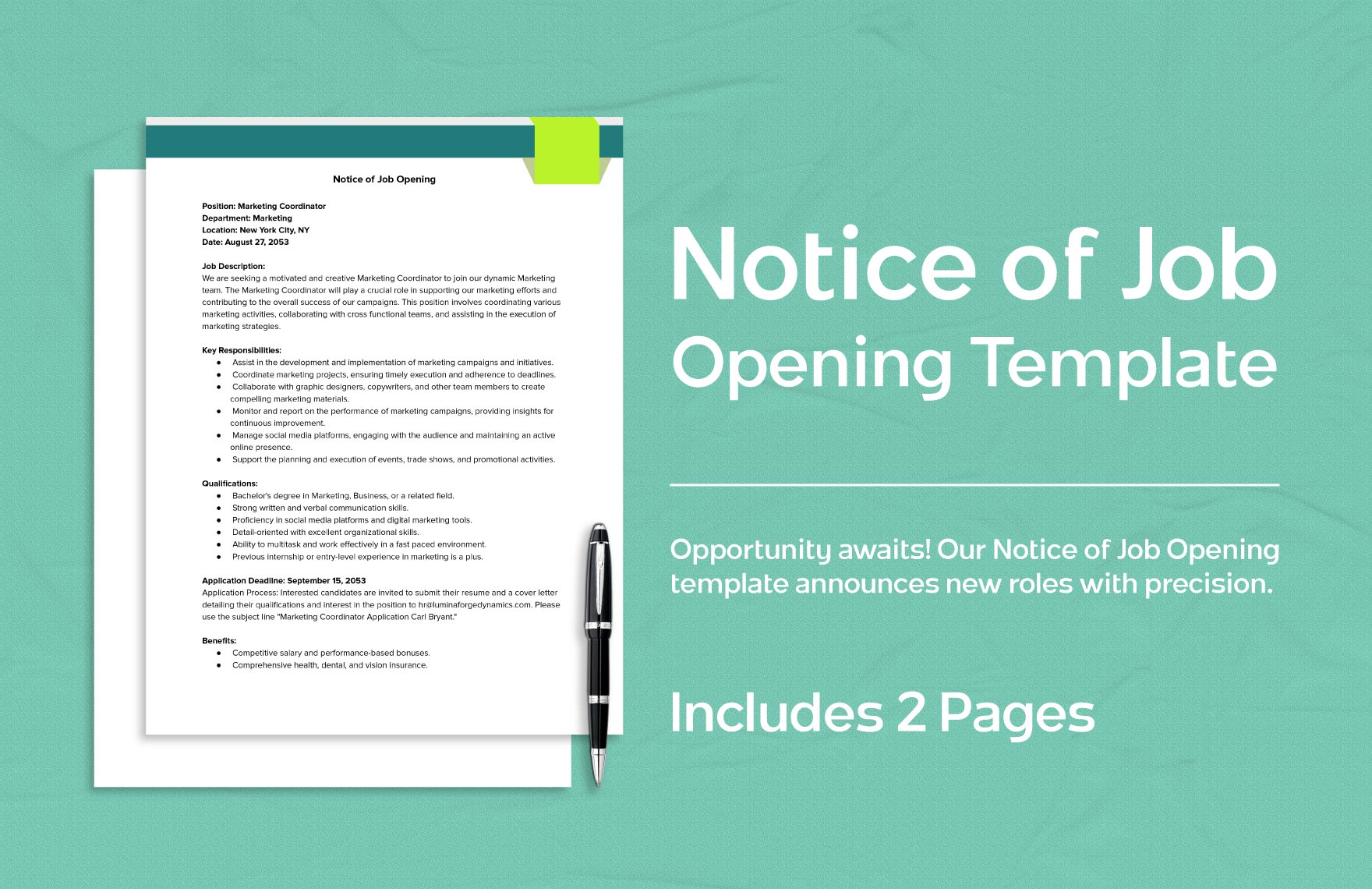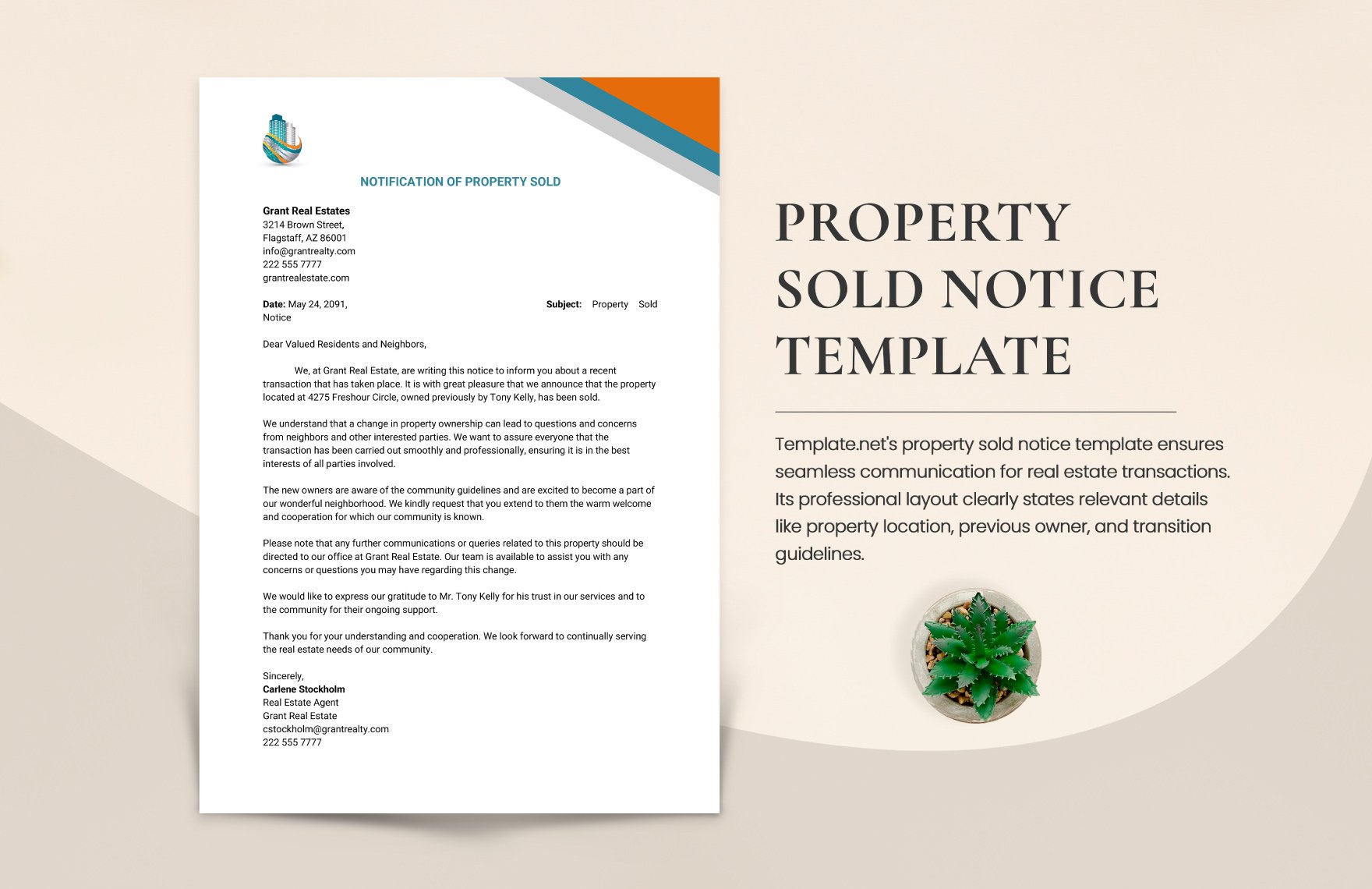The first part of a legal eviction process in most states is serving the tenants with a formal eviction notice. As the landlord, you should familiarize the local laws to ensure you abide by the legal eviction notice period. In this light, we offer you our ready-made Eviction Notice Templates available in various file formats, including editable PDF, Microsoft Word, and Apple Pages. You can get ahead with the eviction process with ease with these templates. Get them today!
How to Write an Eviction Notice
The eviction process can get quite messy, but despite that, you should always comply with the policies as mandated by the governing agencies. With that said, writing an eviction notice is a requirement in most states; you can't skip it. To help you out, we have some tips on how to write an eviction notice or eviction letter or Notice to Quit.
1. Provide Complete Tenant Details
The name/s of the tenant/s, current address, and contact number should be included in the notice. All this information is available in the lease agreement signed before the tenant/s moved into your property.
2. Include Lease Information
Also included in the agreement, the lease information, i.e., information about the leased property, address, the date the lease was signed, and the lease term. Regardless if it's a 10 day or 3 day notice letter, including all these details, will add credibility to the notice and adhere to governing laws and policies' requirements.
3. Specify Date of Eviction
The purpose of the notice is to inform the tenant/s that the eviction process is about to start. It allows the tenant/s to prepare and look for another place ahead of time. Therefore, you should highlight the eviction date in the notice.
4. Provide Eviction Reason
Regardless if it's because of lease default or other mandates of the law, there should be an explanation as to why an eviction notice is served. You can quickly provide the reason for the eviction in one (1) to two (2) sentences as it should be direct and brief to avoid any confusion.
